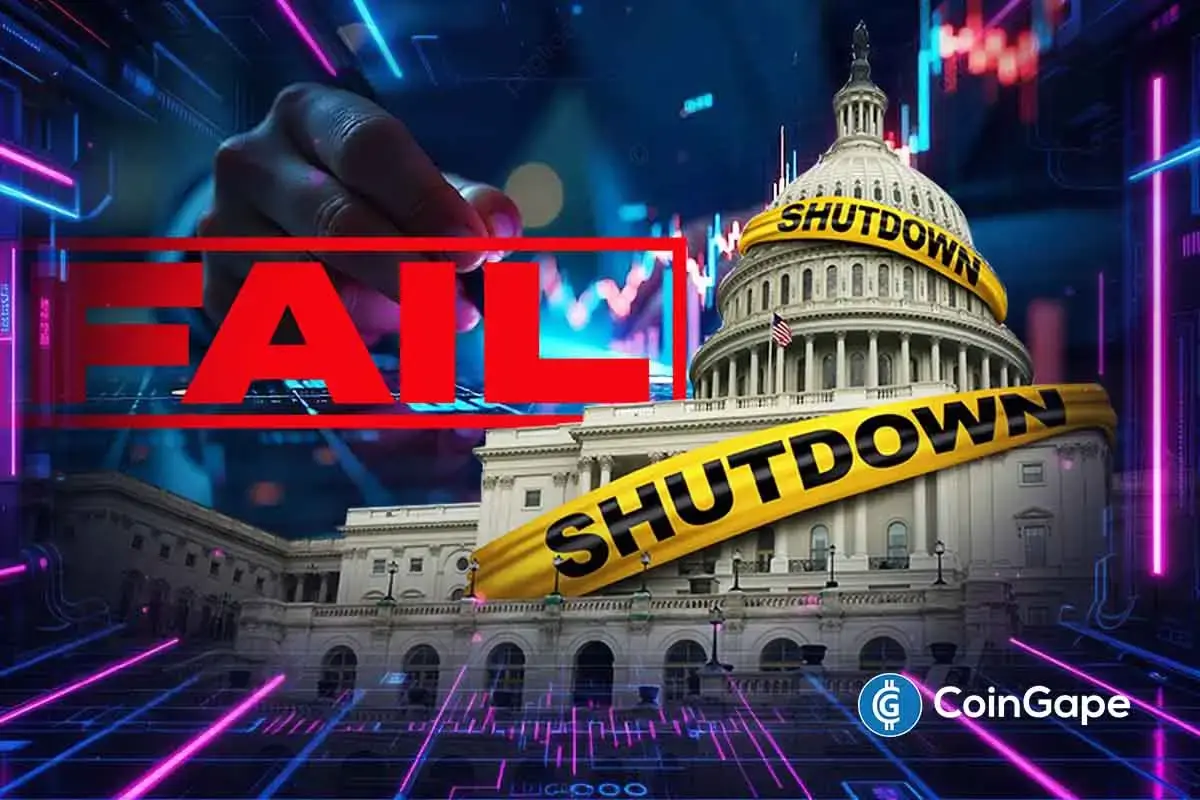Breaking: U.S. Government Shuts Down After Congress Fails to Pass Funding Bill

Highlights
- U.S. government officially enters first shutdown since 2019 after failed budget talks.
- Thousands of federal workers furloughed; essential services suspended until deal reached.
- Deadlock stems from disputes over health care subsidies and Medicaid cuts.
The U.S government has entered its first shutdown since 2019 after lawmakers failed to reach an agreement on the country’s spending package. This triggered immediate disruptions across federal agencies.
Stalemate Pushes U.S Government Into Shutdown
According to The New York Times, at 12:01 a.m. on Wednesday, the U.S. Government officially shut down after a bruising budget standoff between President Trump and congressional Democrats. The collapse in negotiations means thousands of federal workers are now furloughed. This also applies while core government services face suspension until lawmakers break the deadlock.
This marks the first federal shutdown since 2019, when a 35-day impasse unfolded over Trump’s proposed border wall. This time, the clash centers on Democrats’ demand to extend expiring health care subsidies. They also proposed plans to roll back Medicaid cuts introduced earlier this summer as part of the administration’s tax and spending reforms.
The shutdown became unavoidable late Tuesday, when the Senate rejected both parties’ competing stopgap proposals. Republicans failed to advance a bill that would have extended funding through November 21. They fell short of the 60 votes required. Democrats’ plan, which called for financing through October alongside more than $1 trillion in health-related spending, was also blocked.
Following the votes, White House budget director Russell T. Vought directed agencies to “execute their plans for an orderly shutdown.” This signals the start of what could become a prolonged standoff.
The funding crisis is also complicating legislative progress on other critical measures. For instance, the CLARITY Act is facing fresh delays. Senate Banking Republicans had targeted a September 30 markup session. However, sources now say the timeline is “effectively off the table” amid Capitol Hill gridlock.
Nation Deadlock Spurs Market Reactions
The shutdown drama unfolded as investors braced for wider economic uncertainty. Hedge assets such as Bitcoin, gold, and silver rallied in recent days. This comes as traders bet that fiscal instability could strengthen demand for alternative stores of value.
Polymarket data showed odds of a government shutdown had climbed as high as 85% before the midnight deadline. Markets responded accordingly, with Bitcoin extending a two-day rally, moving from $108,650 to near $114,000. The appearance of a bullish double-bottom pattern was noted by analysts. This implies that as the crisis worsens, the flagship cryptocurrency may see additional gains.
For the administration and lawmakers on both sides, the shutdown creates both political and economic risks. Federal employees face weeks without pay, national parks and services are closed to the public, and contractors may experience cascading delays.
Recent Posts
- Crypto News
BlackRock Bitcoin ETF Ranks Among Top ETFs In 2025 Despite Crypto Downturn
The BlackRock Bitcoin ETF (IBIT) has emerged as one of the top exchange-traded funds (ETF)…
- Crypto News
Stablecoin Adoption Deepens as Klarna Turns to Coinbase for Institutional Liquidity
Klarna has taken a major step into crypto finance by partnering with Coinbase to accept…
- Crypto News
Ripple, Circle Could Gain Fed Access as Board Seeks Feedback on ‘Skinny Master Account’
The U.S. Federal Reserve has requested public feedback on the payment accounts, also known as…
- Crypto News
Fed’s Williams Says No Urgency to Cut Rates Further as Crypto Traders Bet Against January Cut
New York Federal Reserve President John Williams has signaled his support for holding rates steady…
- Crypto News
Trump to Interview BlackRock’s Rick Rieder as Fed Chair Shortlist Narrows to Four
The Fed chair race is heating up with U.S. President Donald Trump set to interview…
- Crypto News
Breaking: VanEck Discloses Fees and Staking Details for its Avalanche ETF
The leading crypto asset manager VanEck amends its Avalanche ETF with the U.S. Securities and…